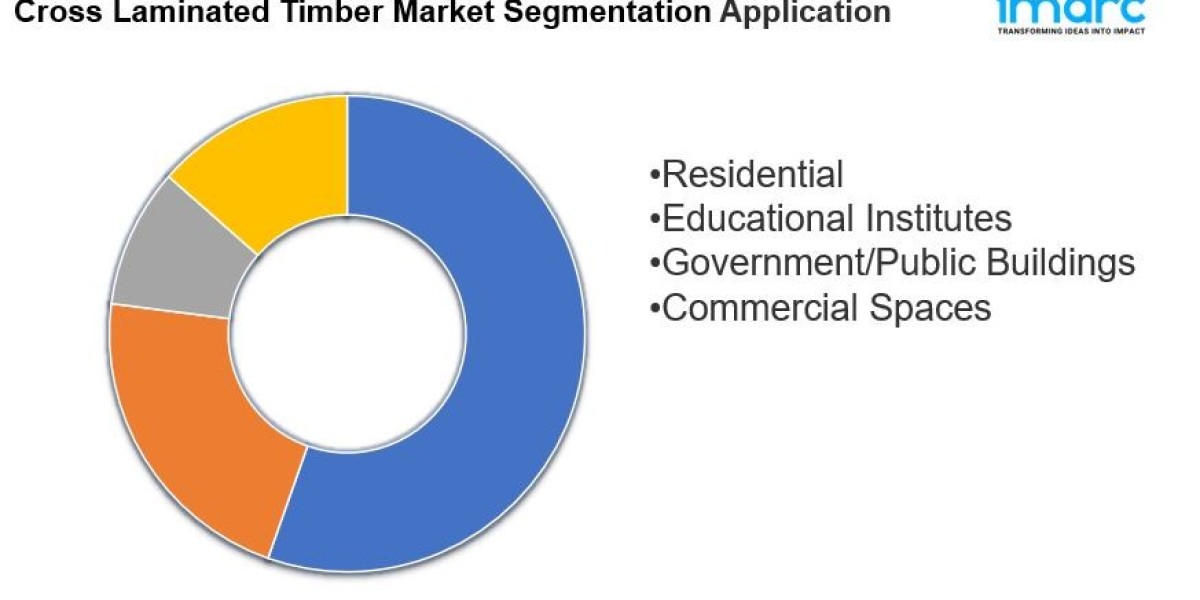C for Performance Computing Applications
C programming language has been the go-to language for performance-critical and systems programming applications for decades. Some key reasons why C remains a popular choice for high-performance computing include:
Low-level Access and Control
C gives developers almost direct access to memory addresses and hardware. This level of control allows C code to be very efficient since there is minimal overhead of abstraction layers. Programmers have full control over memory management with pointers and can allocate and free memory as needed. This level of access is crucial for applications that require tight integration with hardware for optimal performance.
Familiarity and Experience
C has been around since the 1970s and is one of the most widely used languages. As a result, there are huge communities around C with extensive libraries, tools, and expertise available. Many engineers and developers have decades of experience with C which makes transitioning to it easier compared to newer languages. The large pool of C talent lowers development costs for performance-critical projects.
Portability and Compatibility
C source code can be compiled for a wide variety of operating systems and architectures with few or no code changes. This makes C ideal for developing cross-platform applications, especially embedded systems and High Performance Computing clusters. Legacy C code can also easily be maintained and built upon further. High performance computing interfaces well with other languages allowing easy integration with existing systems.
Low-Level Hardware Access
C was designed to be close to the underlying hardware. This makes it ideal for device drivers, embedded systems, and applications that tightly interface with hardware. The language syntax and constructs map well to the von Neumann architecture which is essentially what all modern CPUs are based on. This close mapping allows developers to further optimize code for specific hardware.
Compile Time Performance
C compilers have undergone massive optimizations over decades of development. Modern C code undergoes extensive analysis and transformations during compilation to generate very efficient machine instructions. Combined with the language’s simplicity, this results in compilers that can generate highly-optimized code while keeping compilation times low even for large codebases. Fast compile times are important for iterative development in HPC.
Library and Framework Support
Decades of use in HPC has resulted in comprehensive support libraries available for C. Popular frameworks like MPI (Message Passing Interface), OpenMP, and CUDA/OpenCL provide parallel programming abstractions that make distributing work across nodes and accelerators straightforward. Performance profiling and analysis tools are also widely available which helps identify optimizations in C code.
Performance and Optimization Techniques in C
With control over low-level details, high performance computing also gives access to performance features that require manual optimization. Some key techniques C developers leverage include:
Cache Blocking
Loops in C can be manually blocked and tiled to better utilize cache hierarchies. This involves breaking large data structures and loops into smaller blocks that fit in different cache levels. Blocking improves data locality and cache reuse which dramatically boosts performance of computational kernels.
Preregistering Functions
On many hardware architectures, function calls have relatively high overhead. This can impact performance of frequented functions. C supports function pointers which allow preregistering commonly used function addresses ahead of time to avoid the overhead of a regular call.
Pointer Swizzling
For algorithms on multidimensional arrays, C programmers can remap pointers to avoid cache misses. This involves carefully laying out data in memory to match access patterns rather than using the natural row-major or column-major order which may not efficiently use caches.
Loop Unrolling and Fusion
Loops can be manually unrolled a few times in C to expose more instruction-level parallelism. Neighboring loops can also be fused together and optimized as a single loop to reduce total iterations. Both techniques are done by C programmers to keep pipelines busy.
Data Prefetching
Current CPUs depend on prefetching data from memory ahead of time to overlap data access latency with computation. C programmers insert manual prefetch instructions to give hints to the processor about future data needs. This hides memory latency improving utilization.
Value Prediction
Conditional values can be predicted statically ahead of time in some cases based on context and stored in registers instead of recomputing. C compilers effectively inline such value predictions to skip over conditional checks.
Profile Guided Optimization
C developers leverage profiling tools to collect runtime statistics on bottlenecks. The profile data is fed back into the compiler which uses it to further optimize hot code sections by specializing generated code based on observed behavior.
Aggressive Optimization Techniques like inlining functions, removing abstraction layers through devirtualization, and unrolling outer loops are also commonly applied by C programmers tuning applications. With control over low-level details, high performance computing remains the language of choice for eking out the maximum performance on diverse hardware.
Get More Insights:- High Performance Computing
For More Insights Discover the Report In language that Resonates with you
About Author:
Ravina Pandya, Content Writer, has a strong foothold in the market research industry. She specializes in writing well-researched articles from different industries, including food and beverages, information and technology, healthcare, chemical and materials, etc. (https://www.linkedin.com/in/ravina-pandya-1a3984191)







